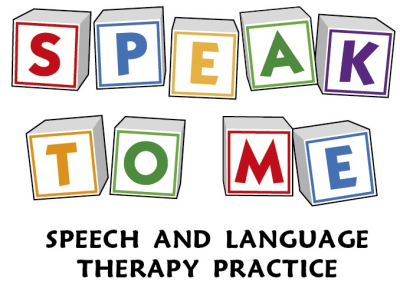The Importance Of Core Vocabulary For Our Kids
- 7 August 2018
- Beth Laurenson
If your child is participating in language therapy or is using Augmentative and Alternative Communication (AAC), you have likely heard the term core vocabulary before. Core vocabulary words are the most commonly used words by a group of individuals, and they make up approximately 80% of what we say (Beukelman, & Mirenda, 2013). They include words such as I, go, same, in, want, open, and that. Core vocabulary words can usually be used in a variety of different situations, which is one of the reasons that focusing on learning these words is so powerful for our kids.
For example: “Open door”, “open letter”, “Mum open it”, “don’t open”, “shop open”, “open present”.
But what about all the other words? We call these words fringe vocabulary, and yes, we need these too! How else can you ask mum for a chocolate Peppa Pig birthday cake? A robust vocabulary includes access to core vocabulary and fringe vocabulary.
You might notice (if your child is using picture based communication - PECS) that your child picks up the fringe vocabulary more quickly. This is likely because the fringe vocabulary often includes words which are easier to symbolise with a picture. E.g. a symbol for pig vs a symbol for want. However, with a bit of practice, your child will start to understand the meaning of the core vocabulary words too and associate that meaning with the symbol.
There are many ways to teach core vocabulary for your child, your Speech-Language Therapist may look at introducing it using iPad applications, core vocabulary boards, using the PECS system, or vocabulary flash cards, just to name a few. Your Speech-Language Therapist will be able to help to guide you in word selection, and how to target the chosen words.
Reference:
Beukelman, D. R., & Mirenda, P. (2013). Augmentative and alternative communication: Supporting children and adults with complex communication needs. Baltimore, MD: Brookes Publishing Co.
